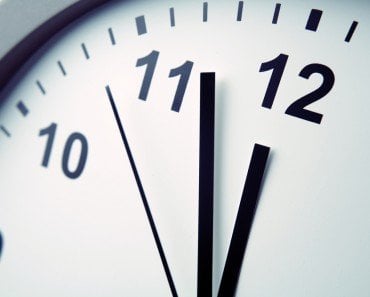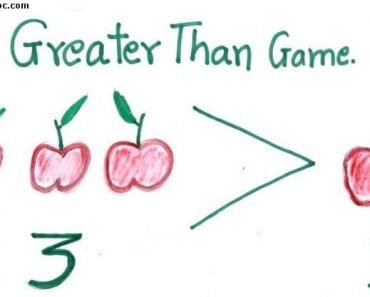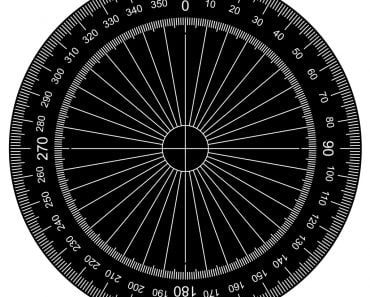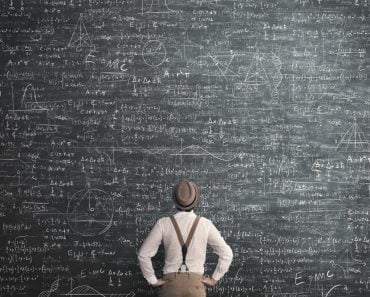Table of Contents (click to expand)
The decimal system was first seen somewhere in Egypt as early as 218 BC. It has continuously become more relied upon, precise and pivotal in our everyday life.
As a child, I often wondered what the significance of that one dot between two numbers was…. didn’t we all? To me, it meant breaking down a certain number into its constituent parts, but decimals have a far greater impact on how we perceive not just mathematics, but also life around us. That instant thought of imagining “half” as 0.5 is no coincidence; decimals are an integral part of any habitat. Without further ado, let’s take a deeper dive into this expansive and revolutionary territory!
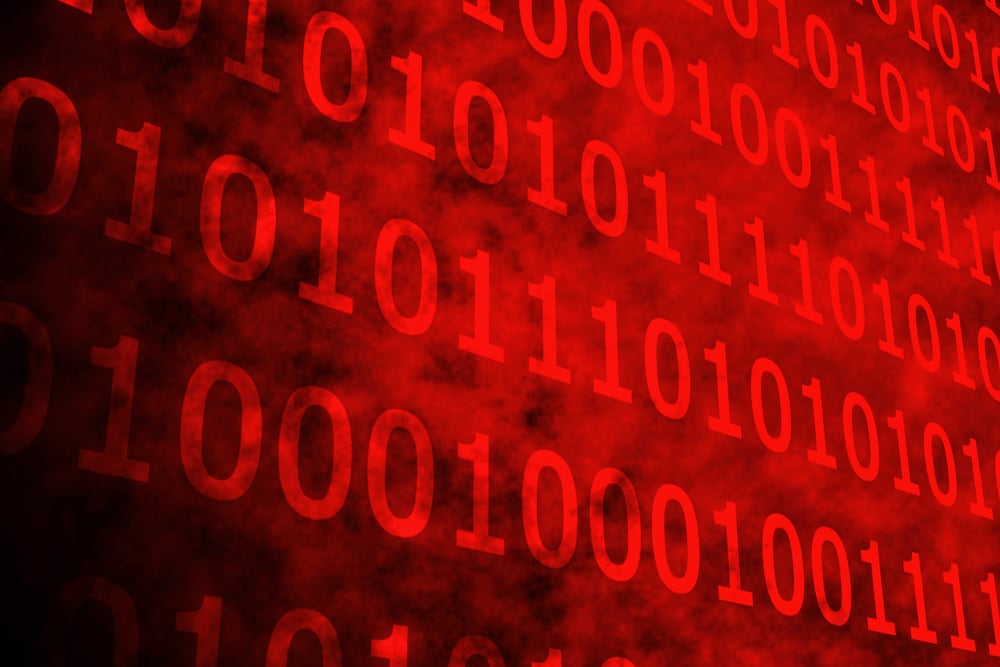
Recommended Video for you:
What Is A Decimal?
Any search engine would bring back the definition of “decimal” as the simplest way of writing fractions whose denominators can be expressed in terms of powers of 10. A more easily understandable explanation is that a decimal is used to express any and every number that is not whole. Simple!
A decimal can be thought of as the mathematical equivalent of an atom in science. Every object can be broken down further to the atomic level, just as every numeric quantity can be broken down to its smallest state with the help of a single dot placed between two numbers.
A Sneak Peek Into The Many Uses Of Decimals
It is impossible to not use the concept of decimals almost every single day. A decimal point allows us to understand and make use of the full spectrum of numbers lying between two whole ones. This gives us the leverage to deal in smaller or larger numbers according to our particular needs.
For example, Adam goes to a shop to buy one notebook, but the notebooks only come in a pack of two and cost $5 per pack. In this scenario, Adam would simply divide 5 by 2 which is $2.5 and leave the shop with one notebook, as was his plan. Imagine a world where the decimal did not exist… you’d simply have to buy extra items and only in whole numbers!
Other examples of the inevitable use of decimals are:
- measuring length
- measuring weight
- calculating the exchange value of currency
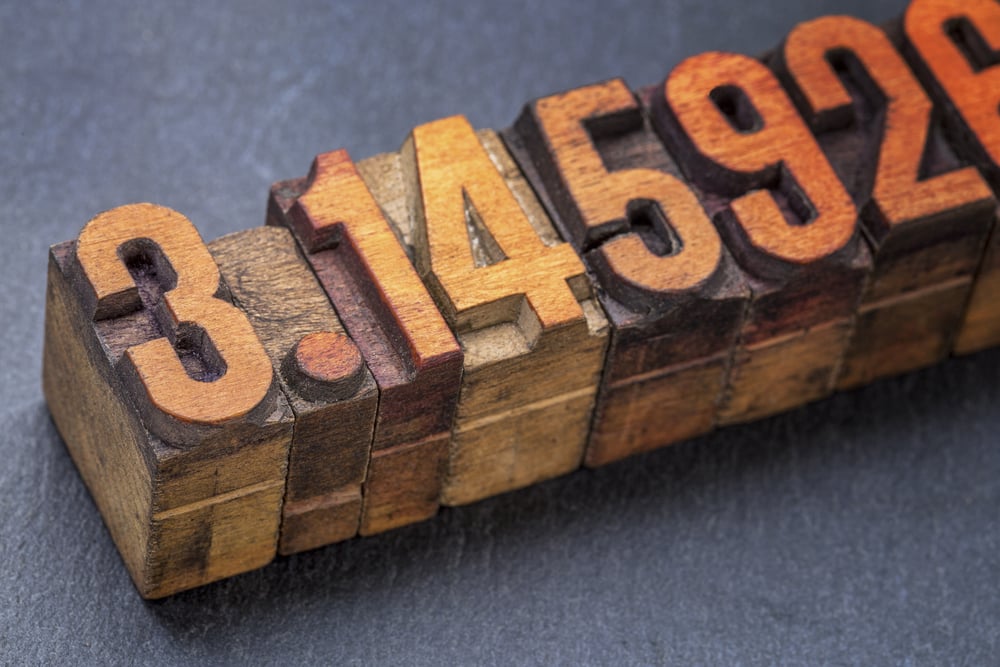
The Origin Of Decimals
The very first method of counting began with the usage of 10 fingers, which ultimately led to the ideation of the basic 10 digits – 1, 2, 3, 4, 5, 6, 7, 8, 9. This is called the decimal or denary system. This system is the most commonly used number system in the world, though not the only one!
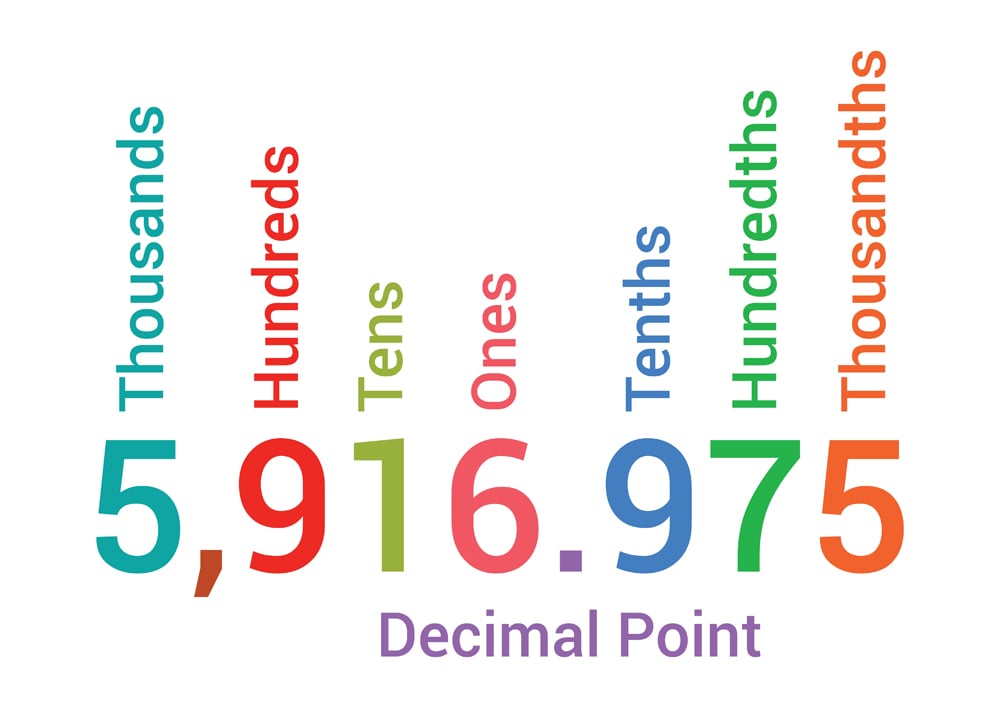
Some ancient chronological milestones in the evolution of decimals include:
- 3500-2500 BC, the earliest usage of a close relative of the decimal system by the Iranian Elamites
- 2900 BC, Egyptians start counting in powers of 10
- 2600 BC, Indus Valley civilization begins the usage of decimal points with reference to measuring weight
- 1400 BC, Chinese manuscripts shed light on the existence of a possible decimal system when making calendars
- 1200 BC, Indian Yajur Veda makes groundbreaking news by establishing the power of 10 up to 1055
- 400 BC, a concrete binary system is built with conversions to and from the decimal system
- 250 BC, Archimedes takes the power of 10 to 1080,000,000,000,000,000
- 100-200 CE, decimal logarithms come into existence
Contrary to popular belief that the base 10 number system was the system for all civilizations in the past, many of the first civilizations to ever exist actually used very peculiar number systems.
The Babylonians used a base 60 system, the noteworthy remnants of which can be felt even today in the form of 60 seconds in a minute, and 60 minutes in an hour. They also had a base 12 system in place, which was closely related to base 60. The Latin system was a base 1 system, and the Mayans made use of the base 20 system. Throughout history, it is enticing to see that so many different and articulate number systems existed simultaneously, or even centuries apart, but the one that stuck around was the denary system.
Decimal Vs Hexadecimal
If the number system functions on a small base, such as base 2 in binary, then expressing a simple number like 90 – 1011010 also becomes a painstaking task; similarly if the number system works on a base that is too large, like base 16 in hexadecimal system, then the calculations become far too complex and there is no position for range.
The decimal number system falls somewhere in the middle, where the scope of calculation is immense. It is neither too small nor too complex, which essentially allows us to establish a trade-off between overly intertwined base systems and base systems that are incapable of solving bigger problems. Other number systems have relevance, but the decimal number system proves to be most viable, given the unending scope of human error.
Decimals are an invariable part of our lives and we unknowingly come across immeasurable instances where they are used. Be it in math period in school, buying vegetables from the vendor, or even investing in mutual funds, decimals are essential and everywhere.
The unfathomable level of precision that the decimal point has made possible is extensive and far-reaching. It has opened numerous doors of research and advancement for mankind alike and its applications will only increase in the future!

